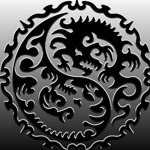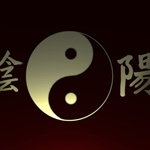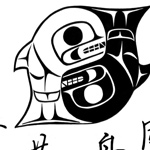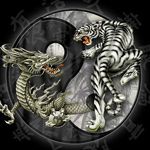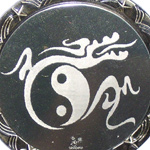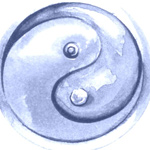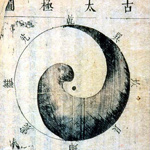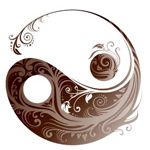
the Yin-Yang symbol or Taijitu, with black representing yin and white representing yang. It is a symbol that reflects the inescapably intertwined duality of all things in nature, a common theme in Taoism. No quality is independent of its opposite, nor so pure that it does not contain its opposite in a diminished form: these concepts are depicted by the vague division between black and white, the flowing boundary between the two, and the smaller circles within the large regions.
Everything can be described as both yin and yang.
1. Yin and yang are opposites.Everything has its opposite although this is never absolute, only relative. No one thing is completely yin or completely yang. Each contains the seed of its opposite. For example, winter can turn into summer; "what goes up must come down".
3. Yin and yang can be further subdivided into yin and yang. Any yin or yang aspect can be further subdivided into yin and yang. For example, temperature can be seen as either hot or cold. However, hot can be further divided into warm or burning; cold into cool or icy. Within each spectrum, there is a smaller spectrum; every beginning is a moment in time, and has a beginning and end, just as every hour has a beginning and end.
2. Yin and yang are interdependent. One cannot exist without the other. For example, day cannot exist without night. Light cannot exist without darkness.
See also: Religious Tattoo Index, Japanese Tattoo Indexand Buddhist Tattoo Index.



